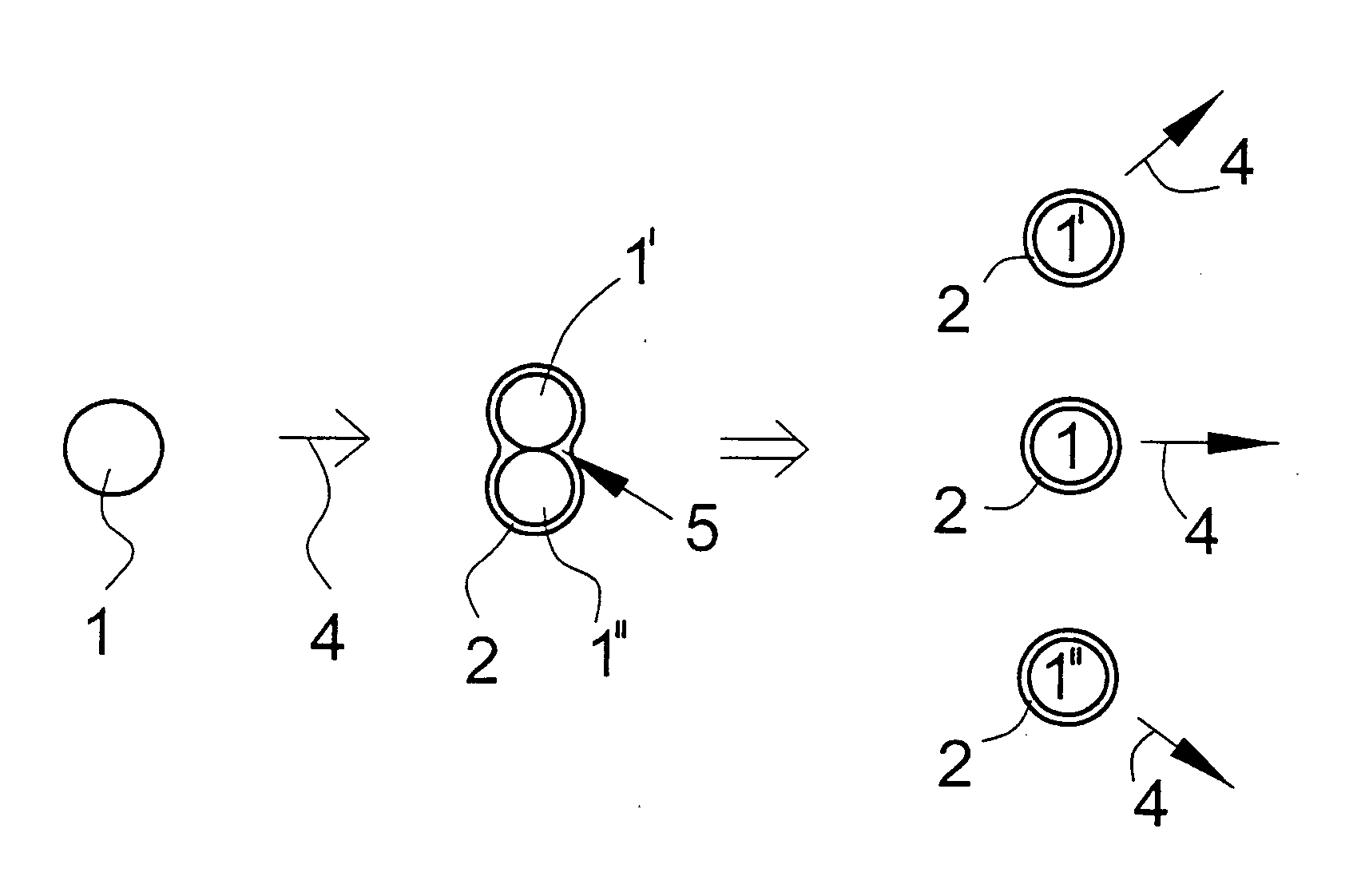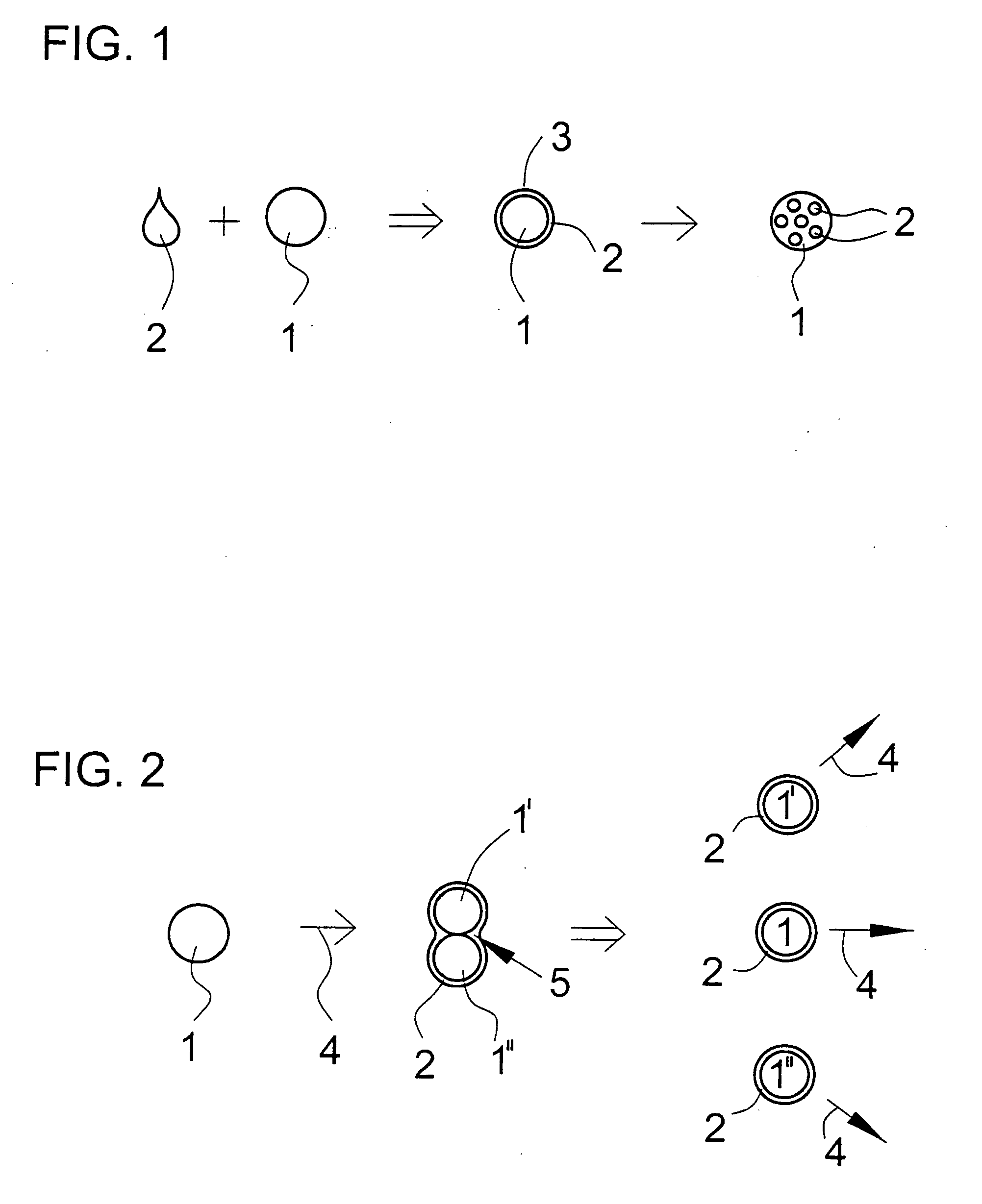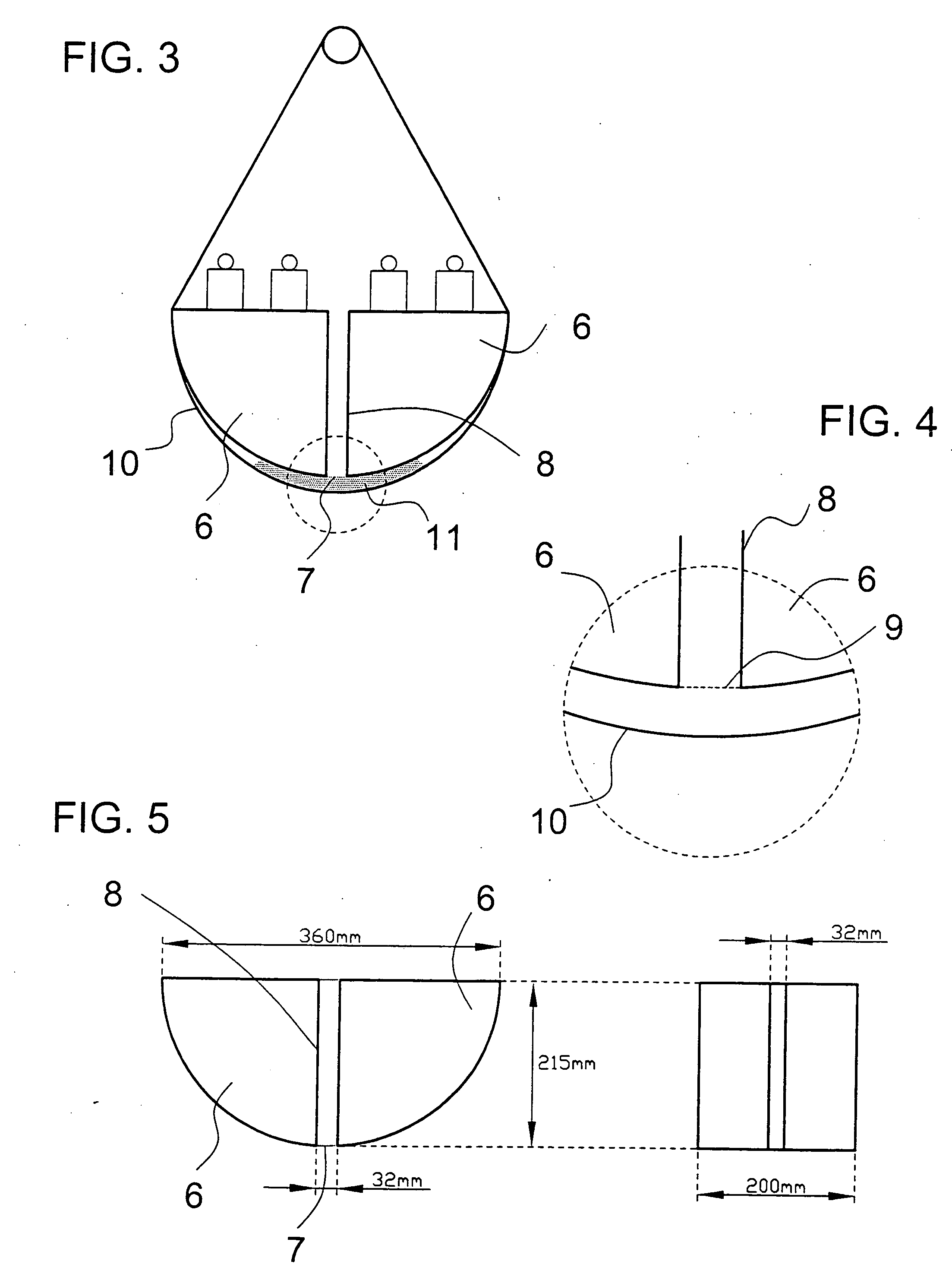Two-step mixing process for producing an absorbent polymer
a technology of absorbent polymer and mixing process, which is applied in the direction of mixers, transportation and packaging, rotary stirring machines, etc., can solve the problems of limited absorption rate, unsatisfactory application cases, and inability to achieve the effect of superabsorption polymer absorption capacity, so as to increase the rate of absorption towards water, reduce the absorption capacity, and increase the absorption ra
- Summary
- Abstract
- Description
- Claims
- Application Information
AI Technical Summary
Benefits of technology
Problems solved by technology
Method used
Image
Examples
example 1
[0138] 200 g of the secondary cross-linked absorbent polymer (powder B) was put into an rotation jar of a rapidly rotating MTI mixer (MTI mixing technology, Industrieanlagen GmbH, 322758 Detmold: type LM 1.5 / 5; year of construction 1995) which rotates (volume ca. 1 l) with a speed of the mixing aggregate of 1000 rpm. 4 ml Deionized water was then measured in by syringe. After ca. 5 to 15 seconds the liquid and the absorbent polymer are homogeneously mixed. After a waiting time of 15 minutes (maturation) a second agitation event was carried out with a Krups-Drei-Mixer 3000 at level 1 (slowest revolution speed) over 5 minutes, hereby those particles still adhered to each other were separated from each other and a free-flowing, clump-free material obtained (powder C). Powder C is characterized by the properties listed in Table 2.
TABLE 2Property of powder CUnitMeasurement resultCRCg / g28.8AAP (0.7 psi)g / g21.2Decrease in AAP (0.7 psi)%4.8
Preparation of Composites for Test Items
[0139] ...
PUM
| Property | Measurement | Unit |
|---|---|---|
| average speed | aaaaa | aaaaa |
| Froude number | aaaaa | aaaaa |
| Froude number | aaaaa | aaaaa |
Abstract
Description
Claims
Application Information
 Login to View More
Login to View More - R&D
- Intellectual Property
- Life Sciences
- Materials
- Tech Scout
- Unparalleled Data Quality
- Higher Quality Content
- 60% Fewer Hallucinations
Browse by: Latest US Patents, China's latest patents, Technical Efficacy Thesaurus, Application Domain, Technology Topic, Popular Technical Reports.
© 2025 PatSnap. All rights reserved.Legal|Privacy policy|Modern Slavery Act Transparency Statement|Sitemap|About US| Contact US: help@patsnap.com



